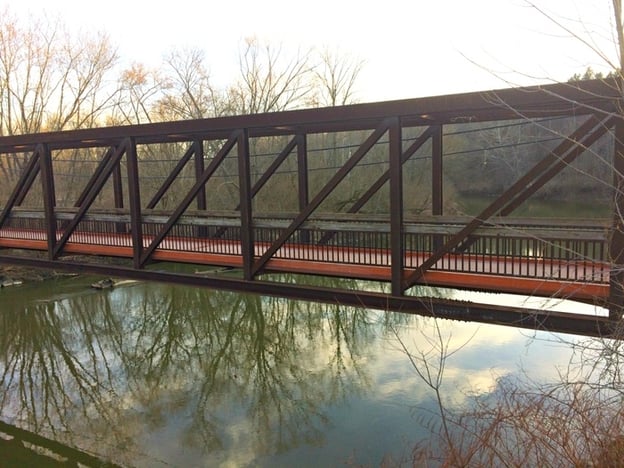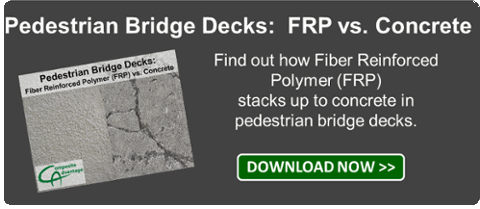
The National Park Service has a big “to do” list when it comes to maintaining the 84 million acres that comprise America’s parks, reserves and historical sites. This year the administration is requesting $860 million to repair and upgrade national parks. The request is part of the total 2017 Department of the Interior budget, including $300 million in mandatory spending and $560 million in discretionary spending. The monies are expected to fund restoration and maintenance projects in parks over the next decade. Parks are currently grappling with a $12 billion backlog in maintenance work. It’s estimated that at least half of those funds are required for upgrading paved roads and structures that have fallen into disrepair.
While the nation celebrates 100 years of a closely protected trust, many are looking at what the next 100 years will hold. A number of national parks are looking at technological advances like Fiber Reinforced Polymer (FRP ) composites to help refurbish bridge decks, restore old railroad trestles and build trail bridges. The latter help hikers ford streams, gullies and other impassable areas as park boundaries continue to spread into wilderness regions.
When it comes to trail bridges and pedestrian bridge decks, FRP eliminates corrosion, giving structures a life expectancy of another 100 years. Fast installation also allows parks to meet tight deadlines like the one Ohio’s Cuyahoga Valley National Park faced in 2015. Bridge work represents a large part of Cuyahoga’s $40.8 million deferred-maintenance backlog. Hillside Bridge, a crucial crossing leading to the park’s Visitors’ Center, underwent rehabilitation in 2006 with new timber. Unfortunately, exposure to the elements quickly rotted the wood and corroded the steel, forcing the NPS to close the structure in 2015. The park had a tight 90 days to make repairs before the 2016 summer season began. One option, a FiberSPAN FRP composite bridge deck system, met the park’s requirements for corrosion resistance, quick turnaround and long life.
The salvagable bridge sections were left in place to minimize construction costs and maintain deadlines. Instead of standard gray, the NPS chose teak to blend with the area’s natural surroundings. The color complements the new weathering steel and won’t show rust stains. Installers completed the installation by:
- Inserting the deck between the railing and new support stringers at the end of the bridge.
- Sliding FRP panels to the center of the bridge and fastening them down.
- Integrating curbs into the deck to direct water to FRP drainage scuppers.
- Adding a high traffic, concrete polymer wear surface for the finishing touch.
As more parks look to technology for answers to everyday wear and tear, FRP composites emerge as ideal - they can do the heavy lifting and deliver a kind of ‘fountain of youth’ solution to products that until now have been short-lived.

